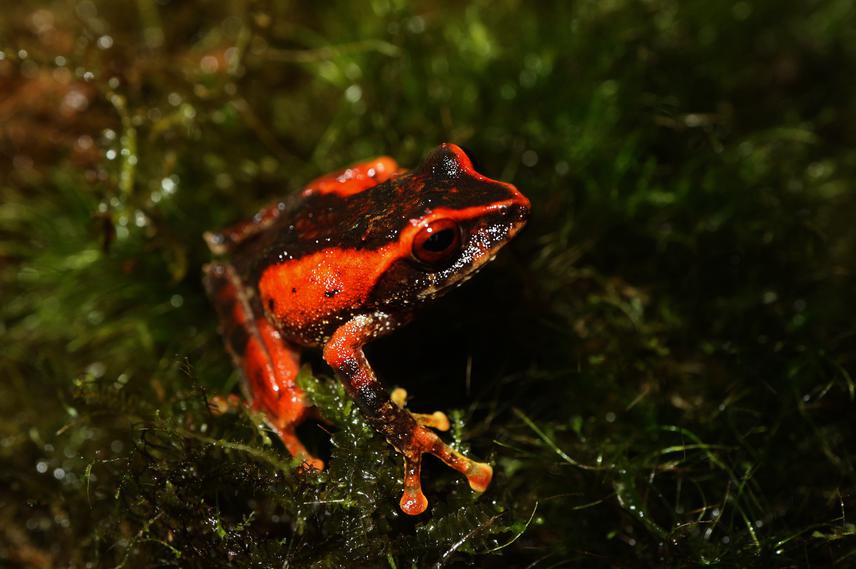Social media video featuring the project and link to Kepitogo website and new article on Researchgate
Kier Mitchel E. Pitogo
Other projects
18 Dec 2023
Unveiling the Hidden Herpetological Diversity of Mt. Busa Key Biodiversity Area, Southern Philippines: Conservation Gaps, Challenges, and Priorities
The primary aim of the project is to inventory the amphibians and reptiles in Mt. Busa range, Kiamba, Sarangani Province. This will include information on the natural history of the species observed, as well as their distribution patterns along forest gradients. In addition, we will assess which fine-scale environmental variables are the strongest predictors for their presence and abundance. Aside from generating scientific information that will help advance our understanding of the ecology of Philippine herpetofauna, the results will also serve as baseline information on the wildlife diversity in Mt. Busa, which will be submitted to concerned government offices for used in its management and conservation programs. Lastly, the project will hopefully contribute to increasing the visibility of amphibians and reptiles in environmental awareness campaigns in the region through seminar-workshops and infographic materials using the results and photos from the fieldwork.

26752-1 Amphibian and reptile diversity of Mt. Busa, Southern Mindanao, Philippines.
Scientific and conservation attention for Philippine amphibians and reptiles is very little, and this has even made difficult by the drought of scientific literature available for this Philippine taxa. While there have been inventory efforts conducted in the past, they were, however, focused on the northern and central Philippines, leaving Mindanao island a relatively understudied place in terms of its herpetological diversity. This is especially true in southern Mindanao where political unrest, security threats, and bureaucracy have hindered wildlife biologists from exploring the area. Threats of mining, agricultural expansion, and human encroachment are imminent, thus management and conservation efforts are needed to maintain biological integrity in this region. However, there’s not much can be done without data from scientifically sound assessments to inform future decisions. Hence, an extensive and repeat-based herpetological survey in Mt. Busa range, one of the major mountain ranges in southern Mindanao and the highest point in Sarangani Province, is imperative to help advance wildlife studies in the region.
The main practical conservation output that will be derived from the project is a comprehensive inventory of the herpetofauna along the southern slope of Mt. Busa. The project also hopes to find Pulchrana guttmani, a Mt. Busa-endemic frog species lost to science for 26 years, and provide information on its natural history. To complement the inventory survey, we will assess how species are distributed and vary across forest gradients. The results will further elucidate distribution patterns of Philippine herpetofauna in mountain ecosystems. Since amphibians and most reptiles are microhabitat specialists, we will also determine which fine-scale environmental variables are the strongest predictors for their presence and abundance. The results will hopefully confirm and strengthen previous natural history observations on species-habitat relationships of Philippine herpetofauna.
Aside from scientific research, a comprehensive report will be submitted to concerned government offices for their perusal. The results will hopefully address the knowledge gaps in Mt. Busa and be used as evidence to strengthen the protection for this mountain range. For sustainability, the project will capacitate students and local researchers to advance their knowledge in wildlife research design and upgrade their skills in the field through seminar-workshops. This will hopefully encourage more people to do more wildlife research in southern Mindanao.